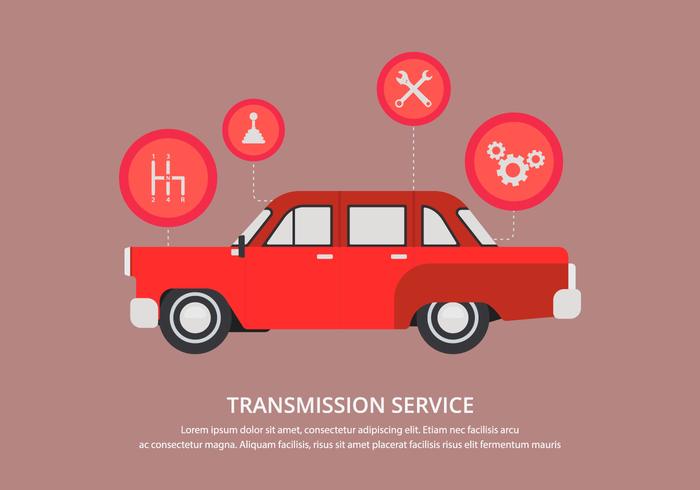However How Do You Address Squishy Brake Pedals? Find Out The Solution Listed Below!
However How Do You Address Squishy Brake Pedals? Find Out The Solution Listed Below!
Blog Article
Authored By-Overby Bjerring
When it concerns your vehicle's brake system, comprehending usual problems can save you from possible safety and security dangers. From determining brake pad wear to resolving brake liquid leakages, recognizing exactly how to tackle these problems is essential. Yet what regarding those spongy brake pedals? There's a solution for that too. Keep tuned to find out more regarding these concerns and the useful solutions that can maintain you securely on the road.
Brake Pad Put On and Substitute
When it pertains to preserving your lorry's brake system, one essential aspect to keep an eye on is the wear and replacement of brake pads. Brake pads are crucial elements that press versus the brake rotors to reduce or quit your automobile. With time, these pads wear down due to friction, requiring routine examination and substitute to guarantee your brakes work effectively.
To establish if https://www.kob.com/new-mexico/multiple-auto-repair-shops-hit-by-recent-burglary-spree/ require replacement, listen for shrilling or grinding sounds when you use the brakes. Additionally, if your automobile takes longer to quit or you notice resonances or pulsations when braking, it may be time to change the brake pads.
Neglecting used brake pads can bring about decreased braking performance, damage to various other brake elements, or perhaps brake failure.
Replacing brake pads is a relatively uncomplicated procedure for many vehicles. However, if you're unsure or uncomfortable performing this job, it's best to seek advice from an expert technician to make certain appropriate installment and optimal brake performance.
On a regular basis examining and replacing brake pads is essential for your safety and the long life of your vehicle's braking system.
Brake Liquid Leaks and Maintenance
To ensure your automobile's brake system functions ideally, it is essential to additionally pay attention to brake liquid leaks and maintenance. Brake liquid is essential for transferring the force from your foot on the brake pedal to the real stopping mechanism. One typical problem with brake liquid is leaks, which can take place due to worn-out brake lines, seals, or links. If you observe a puddle or trickles under your car, it's necessary to attend to the leakage without delay to prevent a possible brake failure.
Consistently inspecting your brake fluid degree is essential to maintaining your brake system. Reduced brake liquid can lead to air entering the brake lines, which jeopardizes braking efficiency.
Additionally, old or infected brake liquid can affect the total performance of your brakes. It's suggested to adhere to the maker's standards on when to change the brake fluid, generally every 2 years.
Spongy Brake Pedal: Blood Loss Brakes
If you have actually ever experienced a mushy brake pedal while driving, you understand the importance of keeping a firm and responsive braking system. One common reason for a mushy brake pedal is air caught in the brake lines. When air enters the brake system, it can lead to a loss of hydraulic stress, leading to that unsettling spongy feeling when you push the brake pedal.
To settle https://caroilchange72716.blogolenta.com/28085325/acquaint-on-your-own-with-the-vital-elements-to-ponder-when-considering-between-diy-auto-fixings-and-specialist-help-by-describing-this-useful-overview , hemorrhaging the brakes is needed. Bleeding the brakes entails getting rid of the air from the brake lines to bring back appropriate hydraulic stress.
To hemorrhage the brakes, you'll need an assistant to help you. Beginning by locating the brake bleeder shutoff on each wheel, generally found near the brake caliper. With a wrench, loosen up the shutoff and have your helper press the brake pedal while you observe any kind of air bubbles appearing. Repeat this procedure for each and every wheel, starting from the wheel farthest from the master cyndrical tube and moving closer.
As soon as you no longer see air bubbles and only clear fluid arises, tighten the shutoff and top up the brake liquid tank as needed. Bleeding the brakes helps make certain a firm brake pedal and boosts overall stopping performance.
Conclusion
Since you comprehend common brake concerns and exactly how to repair them, you can ensure your automobile's safety and performance. Bear in mind to pay attention for warning signs like screeching sounds or spongy brake pedals, and resolve them quickly. Normal upkeep and timely substitutes are essential to maintaining your brakes in top problem. Stay positive and attentive to your brake system to enjoy secure and dependable driving experiences.
